Providing proper heating for captive reptiles is one of the most crucial aspects of their care, yet it remains one of the most debated topics among reptile enthusiasts. The debate centers around three primary heating options: heat lamps, heating mats, and radiant heat panels. Each method has passionate advocates who can cite specific benefits for their preferred approach. Understanding the science behind reptile thermoregulation, the pros and cons of each heating method, and how species-specific needs factor into the equation can help reptile keepers make informed decisions about the best heating solution for their scaly companions. The choice between lamps, mats, and panels isn’t simply about personal preference—it’s about providing the most natural and effective heating that closely mimics what reptiles would experience in their native habitats.
Understanding Reptile Thermoregulation
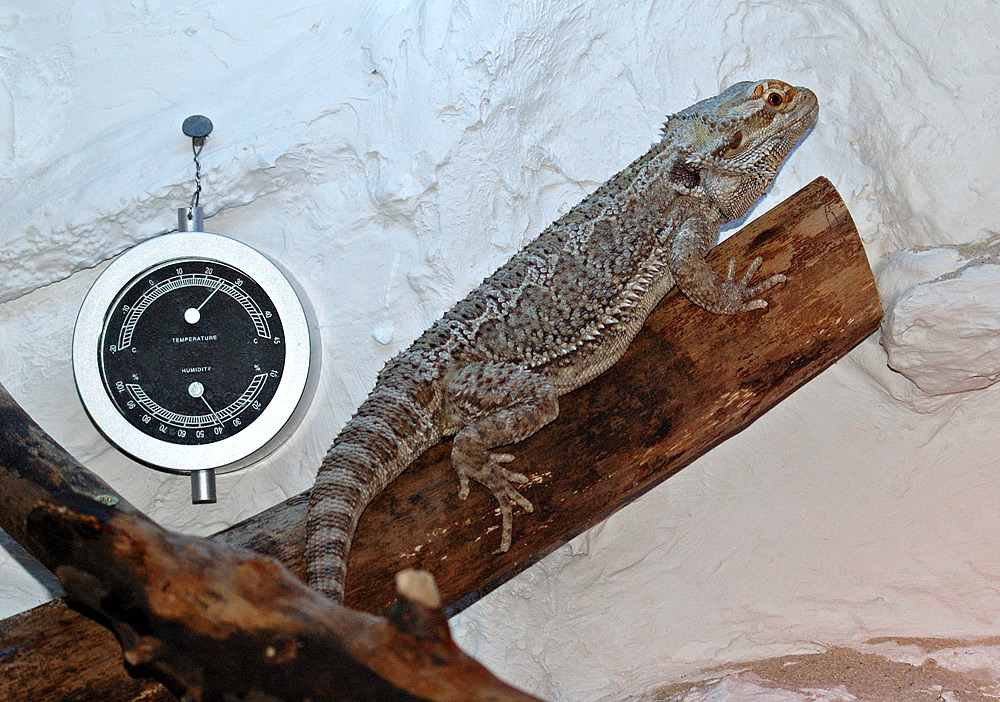
Reptiles are ectothermic animals, meaning they rely on external sources of heat to regulate their body temperature, unlike mammals who generate their own internal heat. This fundamental biological characteristic means that providing appropriate heating in captivity is not just a comfort issue—it’s essential for their survival, digestion, immune function, and overall health.
In the wild, reptiles engage in a behavior called thermoregulation, moving between warmer and cooler areas to maintain optimal body temperature throughout the day. They may bask in direct sunlight to warm up or retreat to shaded areas to cool down, creating a natural temperature cycle that many captive environments struggle to replicate. Understanding this natural behavior is crucial when designing heating systems for captive reptiles, as the goal should always be to mimic their natural environment as closely as possible.
The Importance of Heat Gradients
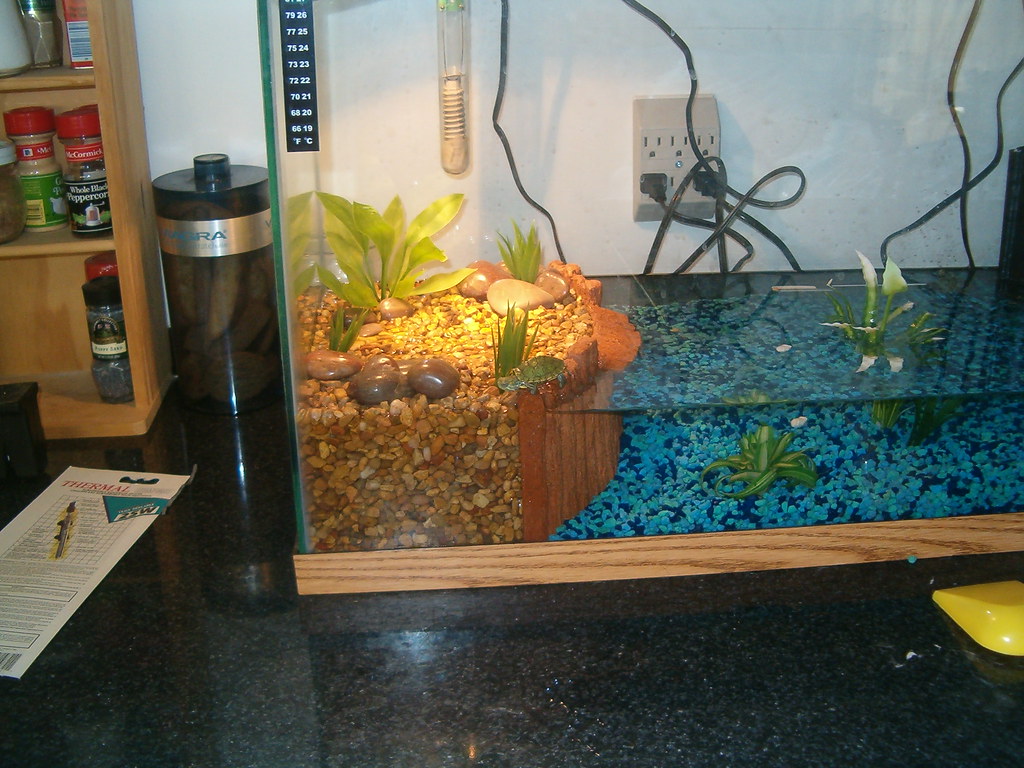
Regardless of which heating method you choose, creating a proper temperature gradient within the enclosure is non-negotiable for reptile health. A temperature gradient means having different temperature zones within the enclosure, typically with a warm basking spot at one end and a cooler retreat area at the opposite end. This setup allows reptiles to thermoregulate by moving between areas as needed, just as they would in nature. Without a proper gradient, reptiles may become stressed, develop health issues, or even suffer from heat stress if they cannot escape from heat when needed. The ideal temperature range varies significantly between species, with desert-dwelling reptiles typically requiring higher temperatures than tropical species. Proper research into the specific needs of your reptile species is essential before setting up any heating system.
Heat Lamps: The Basics
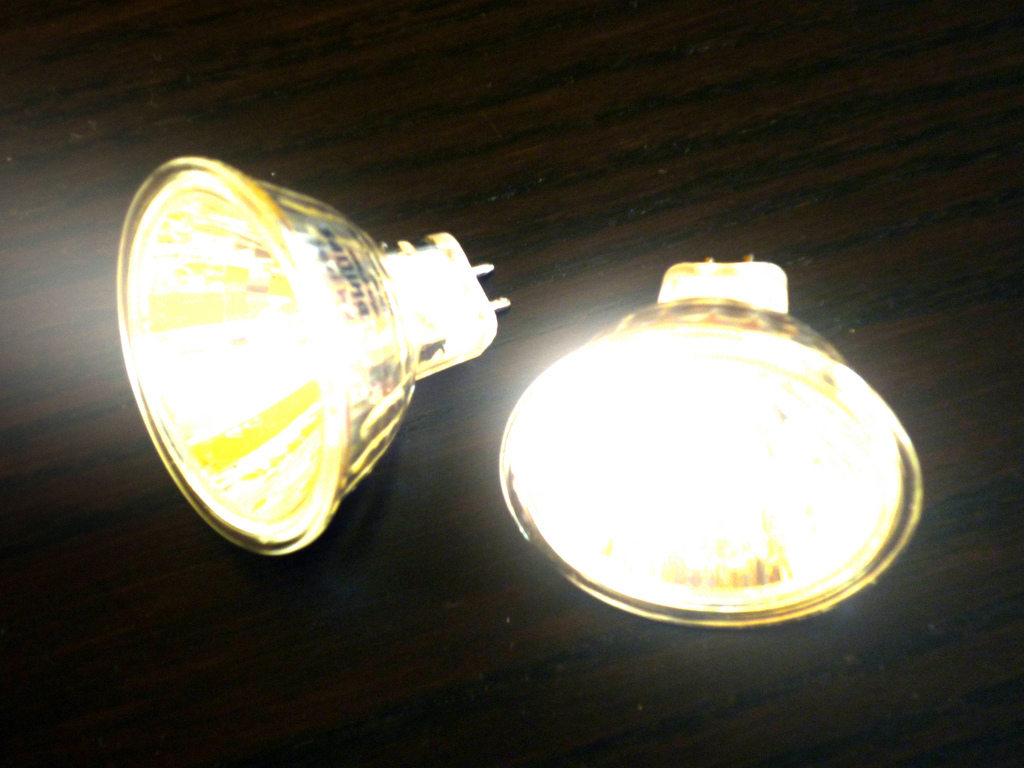
Heat lamps represent one of the most popular and widely used heating methods for reptile enclosures. These include incandescent bulbs, ceramic heat emitters, mercury vapor bulbs, and halogen bulbs, each producing heat that radiates downward into the enclosure. Heat lamps mimic the natural heating effect of the sun, providing what many keepers refer to as “top-down heating” that warms both the air and surfaces below.
This approach creates localized basking spots where reptiles can warm themselves as needed, similar to how they would bask in sunlight in their natural habitat. Heat lamps come in various wattages to accommodate different enclosure sizes and required temperatures, and they can be easily adjusted by raising or lowering their position relative to the basking area. The primary types include day bulbs that emit both heat and light, and night bulbs or ceramic emitters that provide heat without disrupting the day/night cycle.
Advantages of Heat Lamps
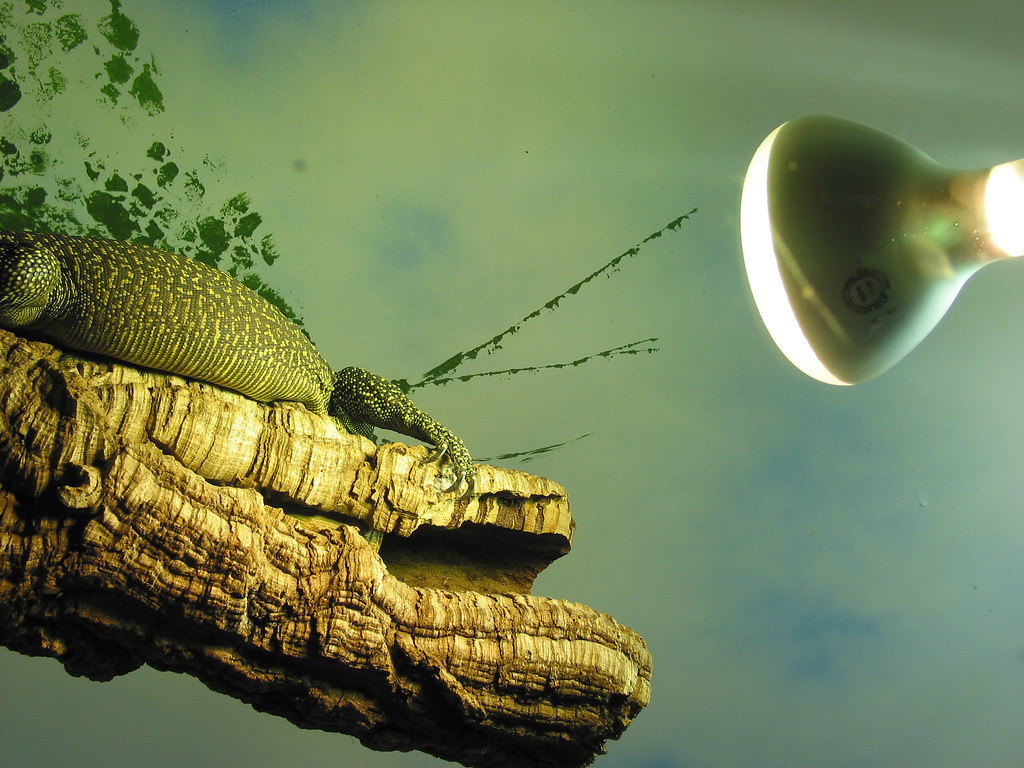
Heat lamps offer several distinct advantages that make them the preferred choice for many reptile keepers. First and foremost, they provide the most natural simulation of the sun’s heating effect, creating infrared-A and infrared-B radiation that penetrates deeper into the reptile’s tissue than other heating methods, promoting better thermoregulation and biological functions. For diurnal species that naturally bask in the sun, this deep-tissue heating is particularly beneficial.
Heat lamps are also highly versatile, allowing keepers to easily adjust temperatures by changing the bulb wattage or the distance between the lamp and the basking surface. Additionally, certain heat lamps can provide UVA and UVB radiation when using specific bulb types like mercury vapor bulbs, consolidating multiple requirements into a single fixture. For arboreal species that naturally receive heat from above while climbing in trees or on rocks, overhead heating is particularly appropriate and encourages natural basking behaviors.
Disadvantages of Heat Lamps

Despite their popularity, heat lamps come with several drawbacks that must be considered. The most significant concern is the fire risk they pose if not properly installed and monitored, as they can reach extremely high temperatures. Heat lamps typically consume more electricity than other heating options, leading to higher energy costs over time, especially for reptiles requiring 24/7 heating. Bulbs also have a limited lifespan and require regular replacement, adding to the ongoing maintenance costs of keeping reptiles.
Temperature consistency can be another issue, as ambient room temperature fluctuations can affect the overall temperature within the enclosure, requiring closer monitoring and potentially the use of thermostats. Additionally, certain heat bulbs emit bright light that can disrupt a reptile’s natural day/night cycle if used incorrectly, potentially leading to stress and behavioral issues. For nocturnal species in particular, this constant light exposure can be problematic unless ceramic heat emitters or specialized night bulbs are used instead.
Heat Mats: The Basics
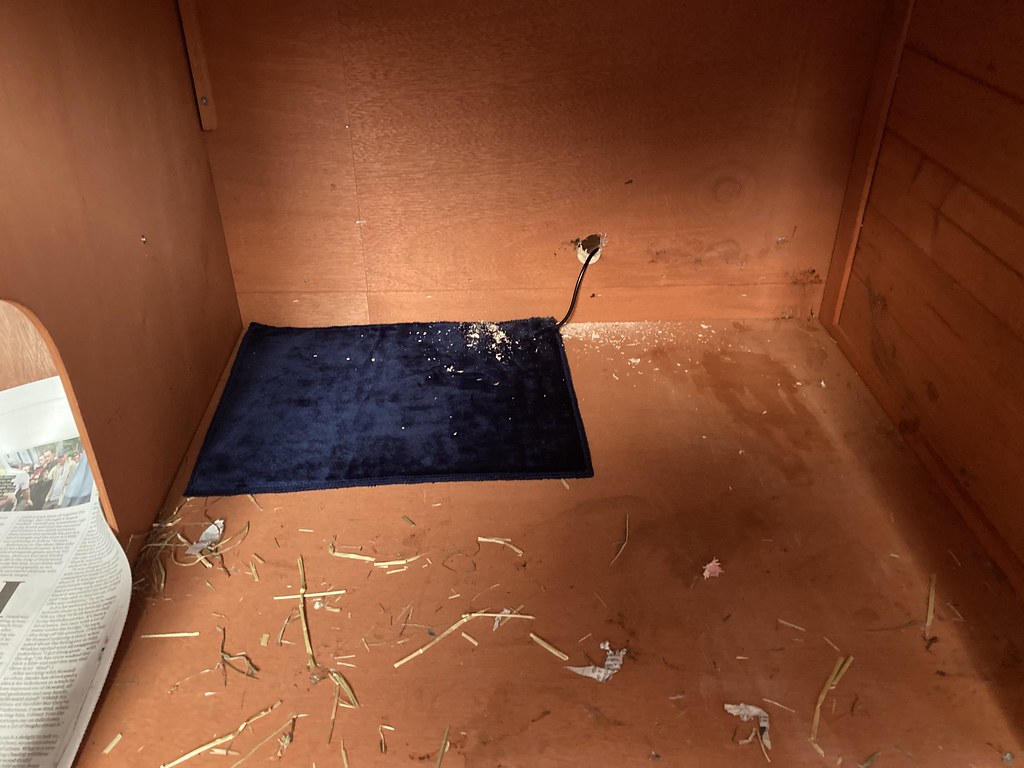
Heat mats, also known as under-tank heaters (UTHs) or heating pads, provide what reptile keepers refer to as “belly heat” by warming the substrate from below. These thin, adhesive heating elements are typically placed underneath one side of the terrarium, creating a warm zone that heats the floor of the enclosure. Heat mats work through conduction, transferring heat directly to objects they contact, which then radiate that heat into the surrounding area.
Unlike heat lamps, they don’t significantly warm the ambient air temperature but instead create a warm surface for the reptile to absorb heat through direct contact. Most heat mats are designed to raise the temperature approximately 10-20°F above room temperature, though this varies based on the substrate thickness and type. They come in various sizes to accommodate different enclosure dimensions and can be used in conjunction with other heating methods for a more comprehensive approach to reptile heating.
Advantages of Heat Mats

Heat mats offer several compelling benefits that make them particularly suitable for certain reptile species and setups. They are energy-efficient, consuming less electricity than most heat lamps while providing consistent temperatures 24/7. For nocturnal species that naturally absorb heat from warm surfaces rather than basking in direct sunlight, heat mats can more closely mimic their natural heating experience.
They’re also ideal for species that burrow or spend significant time in contact with the ground, as they provide the crucial belly heat many reptiles need for proper digestion and metabolic functions. Heat mats don’t emit light, making them perfect for maintaining proper day/night cycles without disruption. Their low profile and unobtrusive nature mean they don’t take up valuable space within the enclosure, allowing for more furnishings and climbing structures. Additionally, they present a lower fire risk compared to heat lamps when properly installed and connected to an appropriate thermostat.
Disadvantages of Heat Mats
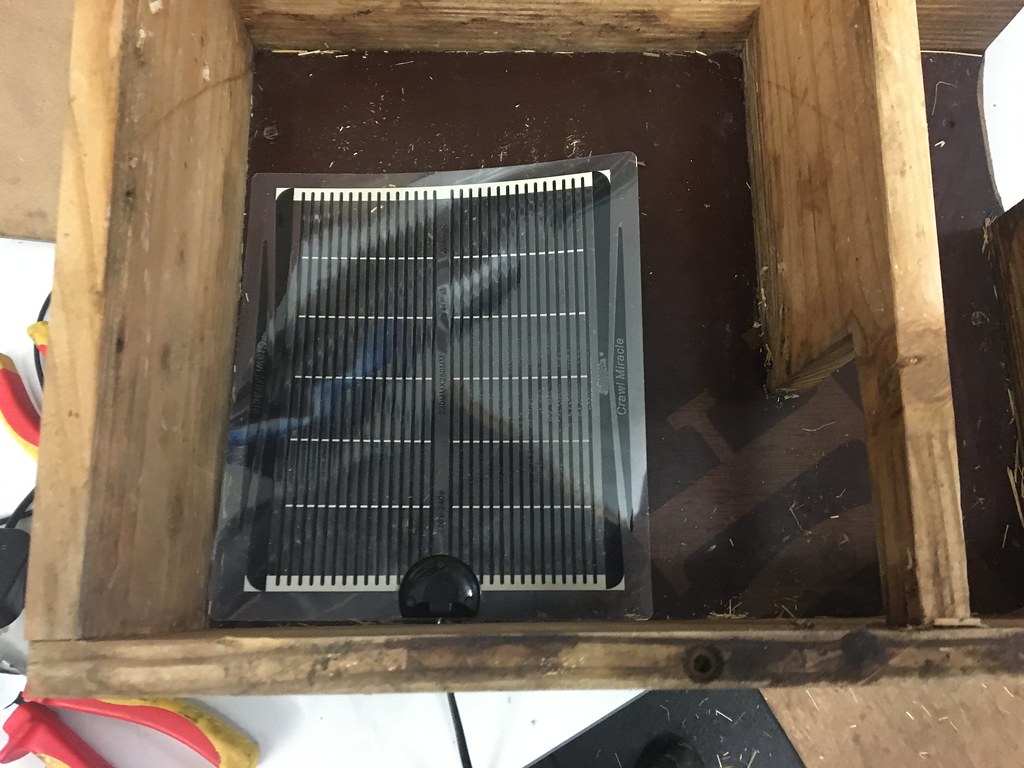
Despite their popularity, heat mats come with significant limitations that must be carefully considered. The most serious concern is the risk of thermal burns if reptiles are allowed direct contact with an unregulated heat mat, making a quality thermostat absolutely essential rather than optional. Heat mats don’t effectively warm the ambient air temperature in the enclosure, which can be problematic for species that require warmer environmental temperatures throughout their habitat. They also don’t provide the deep, penetrating heat that many reptiles receive from natural sunlight, potentially limiting their effectiveness for species that naturally bask.
When used with certain substrates, particularly thick or insulating materials like wood chips or coconut fiber, heat mats may function poorly as the heat cannot effectively transfer through these materials to reach the reptile. For arboreal species that spend little time on the ground, the benefits of a heat mat are significantly reduced as these animals may rarely come into contact with the heated surface.
Radiant Heat Panels: The Basics
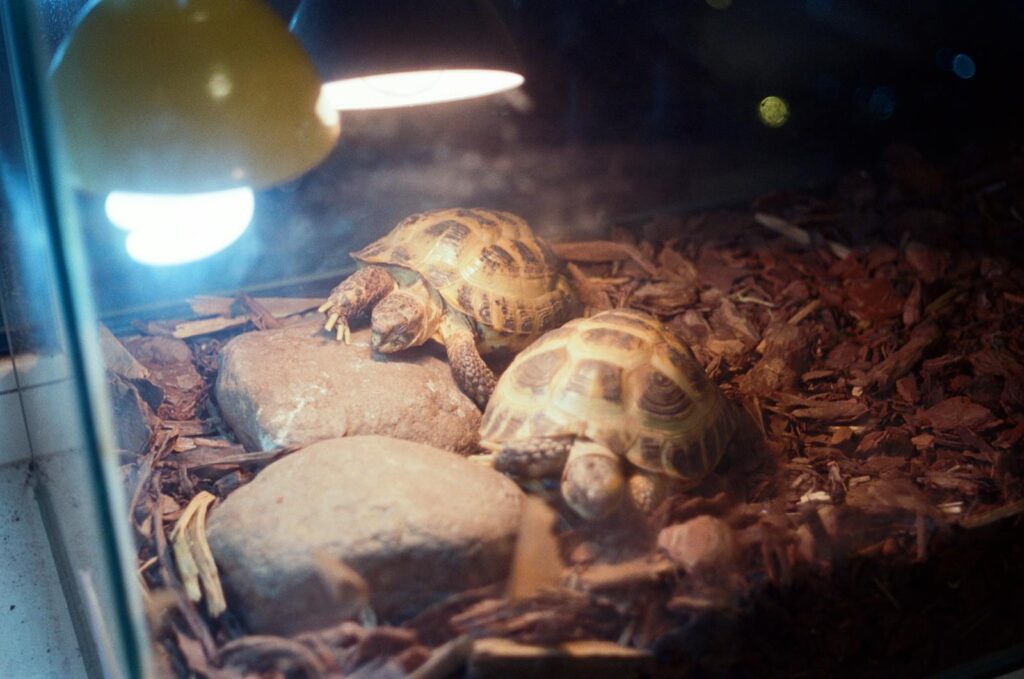
Radiant heat panels represent a relatively newer technology in the reptile heating world, offering a middle ground between heat lamps and heat mats. These flat panel heaters can be mounted to the ceiling or walls of an enclosure and emit infrared heat that warms surfaces rather than heating the air directly. Unlike point-source heat lamps, panels distribute heat more evenly across a larger area, creating broader basking zones rather than concentrated hot spots.
Radiant panels primarily produce infrared-C radiation, which is absorbed by surfaces that then re-radiate the heat into the enclosure. Most panels are designed with built-in mounting hardware and come in various sizes and wattages to accommodate different enclosure dimensions and heating requirements. Like other heating elements, they should always be connected to a high-quality thermostat to regulate temperature and prevent overheating.
Advantages of Radiant Heat Panels
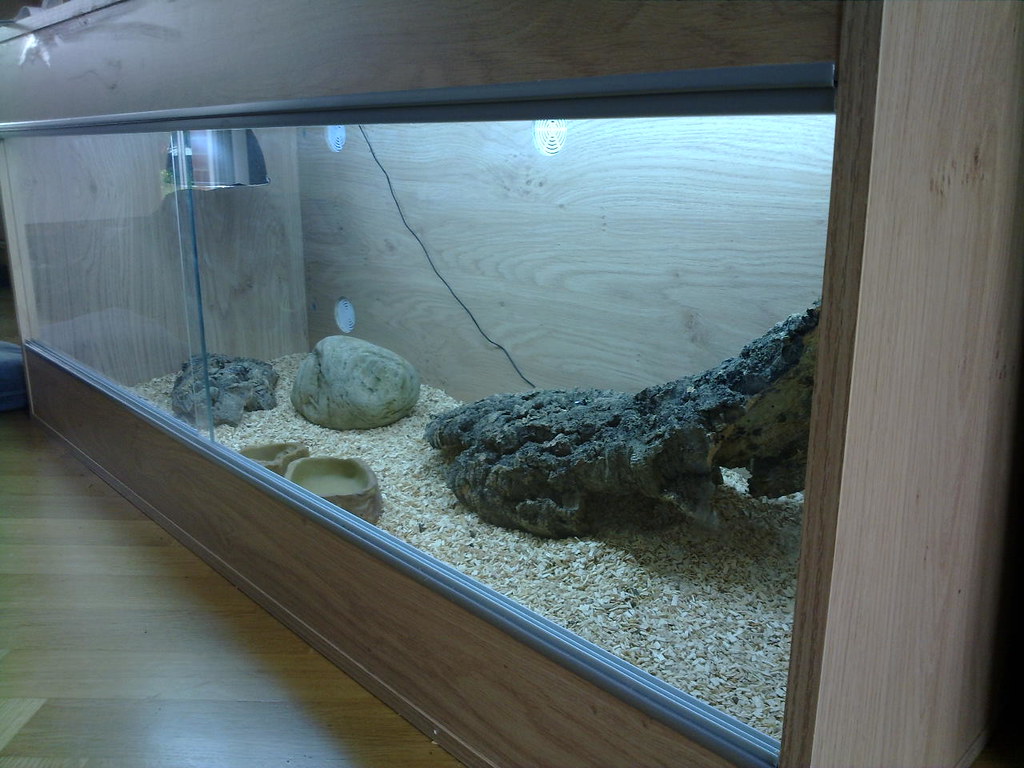
Radiant heat panels offer several distinct advantages that have made them increasingly popular among experienced reptile keepers. They provide excellent heating coverage over a larger area compared to focused heat lamps, creating more expansive basking zones that allow reptiles to position themselves more naturally. These panels are exceptionally durable, often lasting for many years without needing replacement, making them cost-effective in the long run despite their higher initial investment.
For large enclosures or those housing multiple animals, radiant panels can create more uniform heating patterns that benefit all inhabitants. They operate silently and without light emission, making them ideal for nocturnal species or for night-time heating without disrupting the animal’s circadian rhythm. The panels’ low-profile design means they take up minimal space in the enclosure while still providing efficient heating. Additionally, they present a lower fire risk compared to heat lamps when properly installed, as they typically operate at lower surface temperatures.
Disadvantages of Radiant Heat Panels
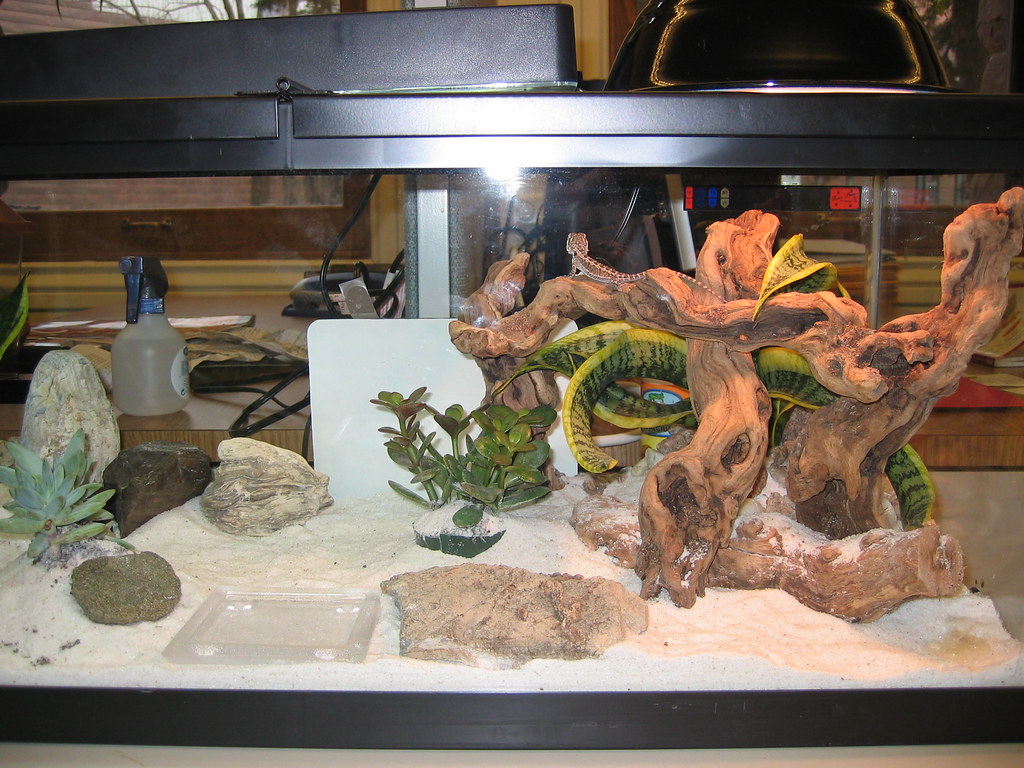
Despite their growing popularity, radiant heat panels have several limitations that must be considered before adoption. The most significant drawback for many keepers is the high initial cost, as quality panels typically cost substantially more than heat lamps or mats. Installation can be more complex, often requiring permanent mounting to the enclosure ceiling or walls, which may not be practical for all setup types or for keepers who frequently rearrange their enclosures.
Unlike certain specialized heat lamps, radiant panels cannot provide UVB radiation, meaning a separate UVB source is always necessary for species requiring it. They primarily produce infrared-C radiation rather than the infrared-A and B that reptiles would receive from natural sunlight, potentially making them less effective at deep tissue heating compared to certain types of heat lamps. For very large or tall enclosures, standard radiant panels may struggle to project heat all the way to the floor, requiring additional heating methods for complete coverage.
Species-Specific Considerations
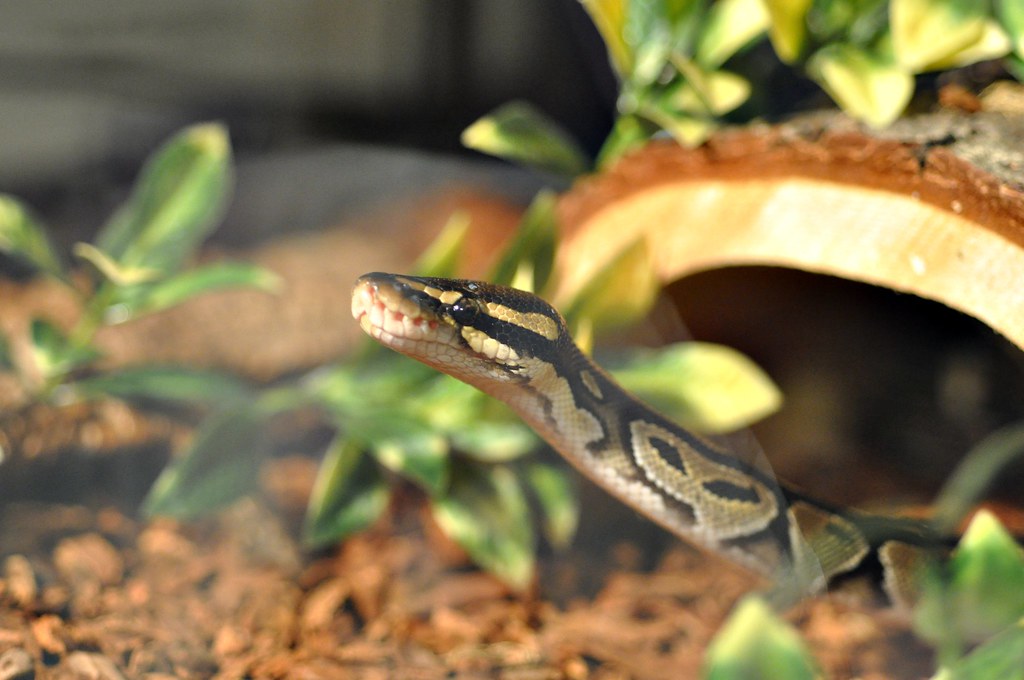
The ideal heating method varies significantly depending on the natural habitat and behaviors of different reptile species. Desert-dwelling species like bearded dragons and uromastyx typically benefit most from heat lamps that mimic the intense overhead sun they would experience in their native environment. Conversely, many snake species, particularly nocturnal or fossorial (burrowing) types like ball pythons or kenyan sand boas, often do well with heat mats that provide the belly heat they would naturally absorb from sun-warmed surfaces rather than direct basking.
Arboreal species such as chameleons and many gecko species that climb in their natural habitat generally benefit from overhead heating sources that warm them from above as they perch on branches. Tropical species from humid environments might require a combination of heating methods to maintain both proper ambient temperatures and basking opportunities. Understanding your specific reptile’s natural history and thermoregulatory behaviors is crucial for selecting the most appropriate heating method rather than following one-size-fits-all recommendations.
Combining Multiple Heating Methods
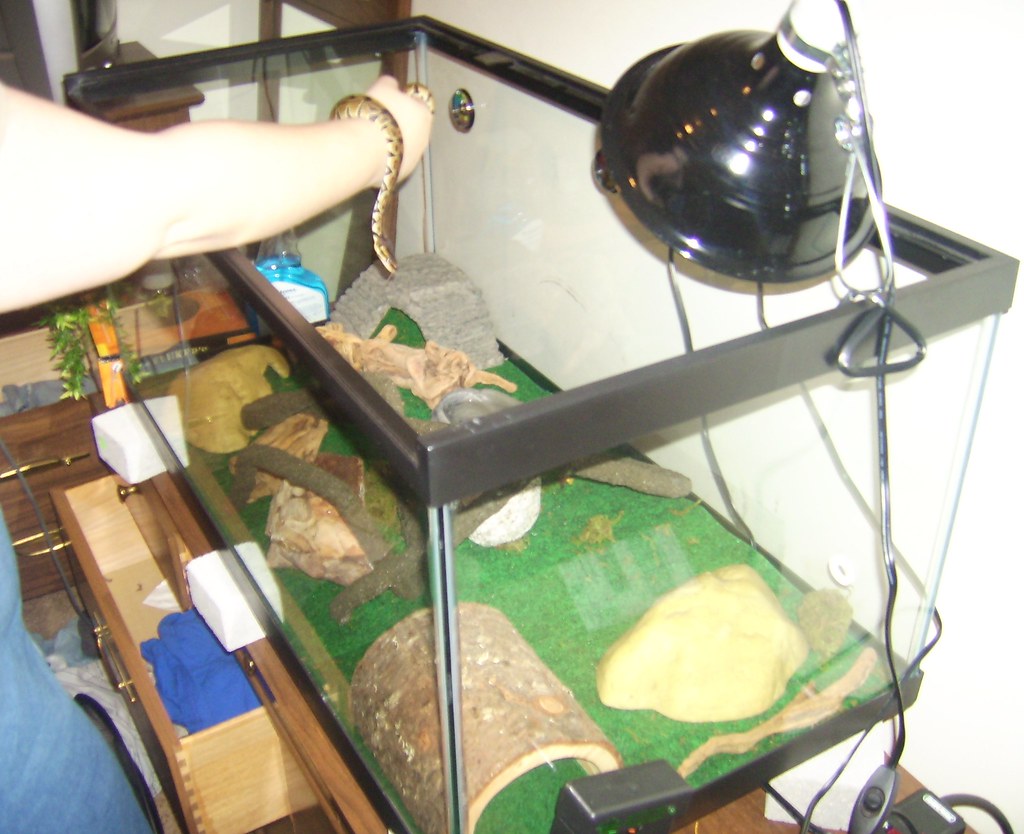
Many experienced reptile keepers find that using a combination of heating methods provides the most comprehensive and natural heating environment for their animals. For example, a heat lamp might be used to create a basking spot during the day, while a heat mat maintains minimal night-time temperatures, mimicking natural temperature cycles. This dual approach can be particularly beneficial for species that experience significant temperature variations in their natural habitat.
In larger enclosures, combining radiant panels for ambient heat with a focused basking lamp can create more complex thermal gradients that better replicate natural conditions. When combining methods, careful temperature monitoring becomes even more crucial to ensure that hot spots don’t become dangerously warm where heating zones might overlap. Using separate thermostats for each heating element allows for precise control of different zones within the enclosure, creating a more naturalistic thermal environment that encourages proper thermoregulation behaviors.
The Critical Role of Thermostats

Regardless of which heating method you choose, using a quality thermostat is absolutely essential for reptile safety and well-being. Thermostats prevent dangerous temperature fluctuations by automatically controlling heating elements, turning them off when temperatures exceed set parameters and back on when temperatures drop. Different types of thermostats offer varying levels of precision: on/off thermostats are the most basic and affordable but allow for temperature swings; pulse proportional thermostats provide more consistent temperatures by rapidly pulsing power to the heating device; and dimming thermostats, typically the most expensive option, offer the most precise control by adjusting power output rather than simply turning the device on or off.
Every heating element in a reptile enclosure should be connected to an appropriate thermostat, with no exceptions, as unregulated heating can quickly lead to fatal overheating or thermal burns. Additionally, backup thermometers should be used to verify that thermostats are functioning correctly, with temperature readings taken at both the basking spot and the cool end of the enclosure.
Making the Final Decision

When choosing between heating options for your reptile, consider multiple factors rather than focusing solely on initial cost or convenience. First and foremost, research your specific species’ natural habitat and thermoregulatory behaviors—does it naturally bask in direct sunlight or absorb heat from warm surfaces? Consider your enclosure type and size, as tall or arboreal setups may benefit more from overhead heating while shallow tanks might do well with heat mats. Evaluate your local climate and how it might affect heating needs throughout the year, potentially requiring seasonal adjustments.
Factor in long-term costs, including electricity usage and replacement frequency, particularly if you’re maintaining multiple enclosures. Safety should always be paramount, so assess fire risks and burn potential, especially if you have children or other pets in the home. Most importantly, be prepared to adjust your approach based on your reptile’s behavior—if it avoids the basking spot or spends all its time there, this could indicate that your heating setup needs modification to better meet its needs.
In conclusion, the debate between heat lamps, mats, and radiant panels isn’t about determining a single “best” option, but rather about understanding which method—or combination of methods—best serves the specific needs of your particular reptile species. Each heating approach offers distinct benefits and limitations that must be weighed against the natural behaviors and habitat of your pet. What works perfectly for a desert-dwelling bearded dragon may be completely inappropriate for a tropical ball python. By focusing on creating natural temperature gradients, ensuring proper thermostat control, and observing your reptile’s behavior for signs of comfort or stress, you can develop a heating solution that promotes health, natural behaviors, and longevity. Remember that reptile husbandry is an evolving field, and being willing to adapt your approach as new information becomes available is part of responsible reptile keeping. The best reptile keepers are those who prioritize their animals’ biological needs over convenience, tradition, or cost.





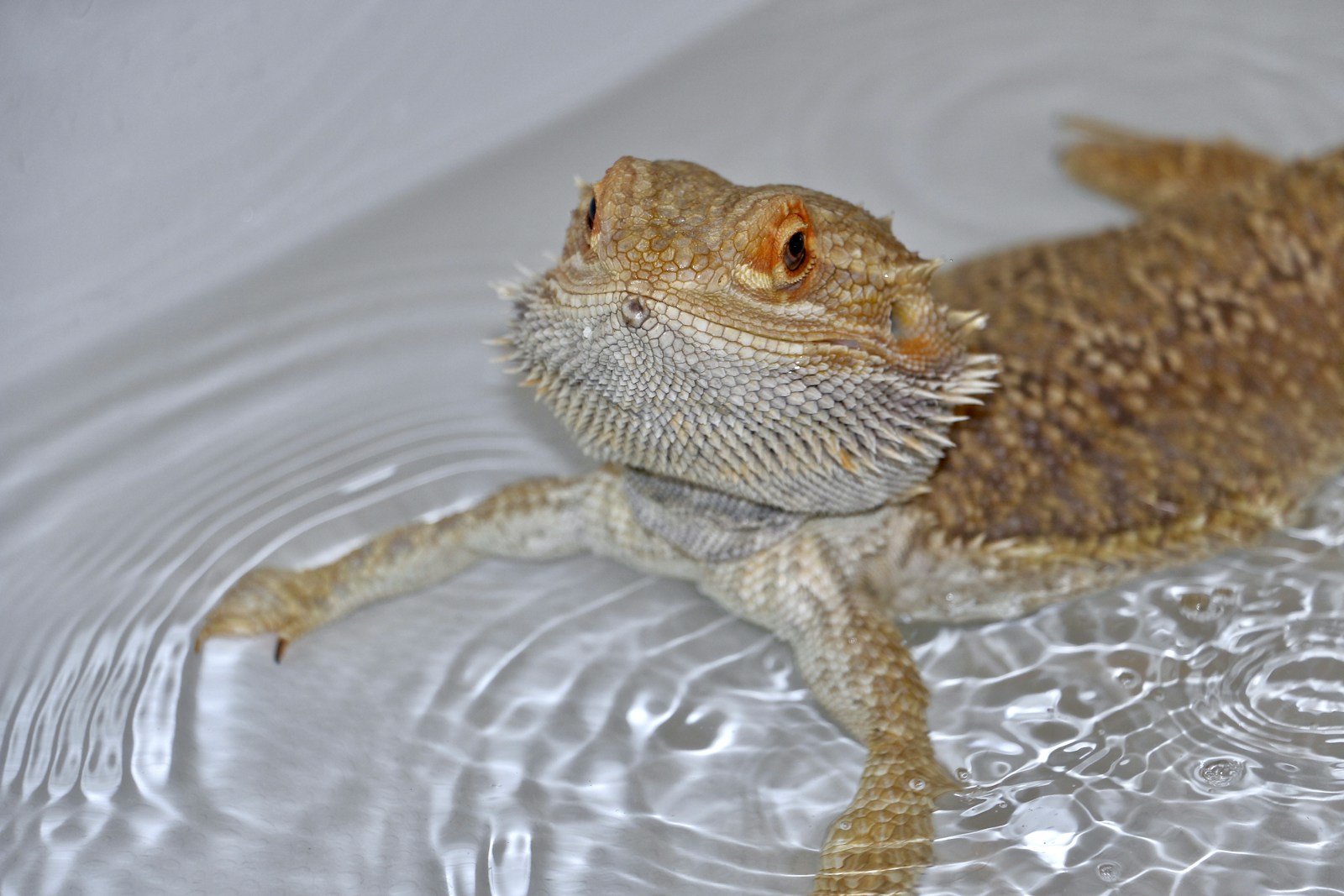
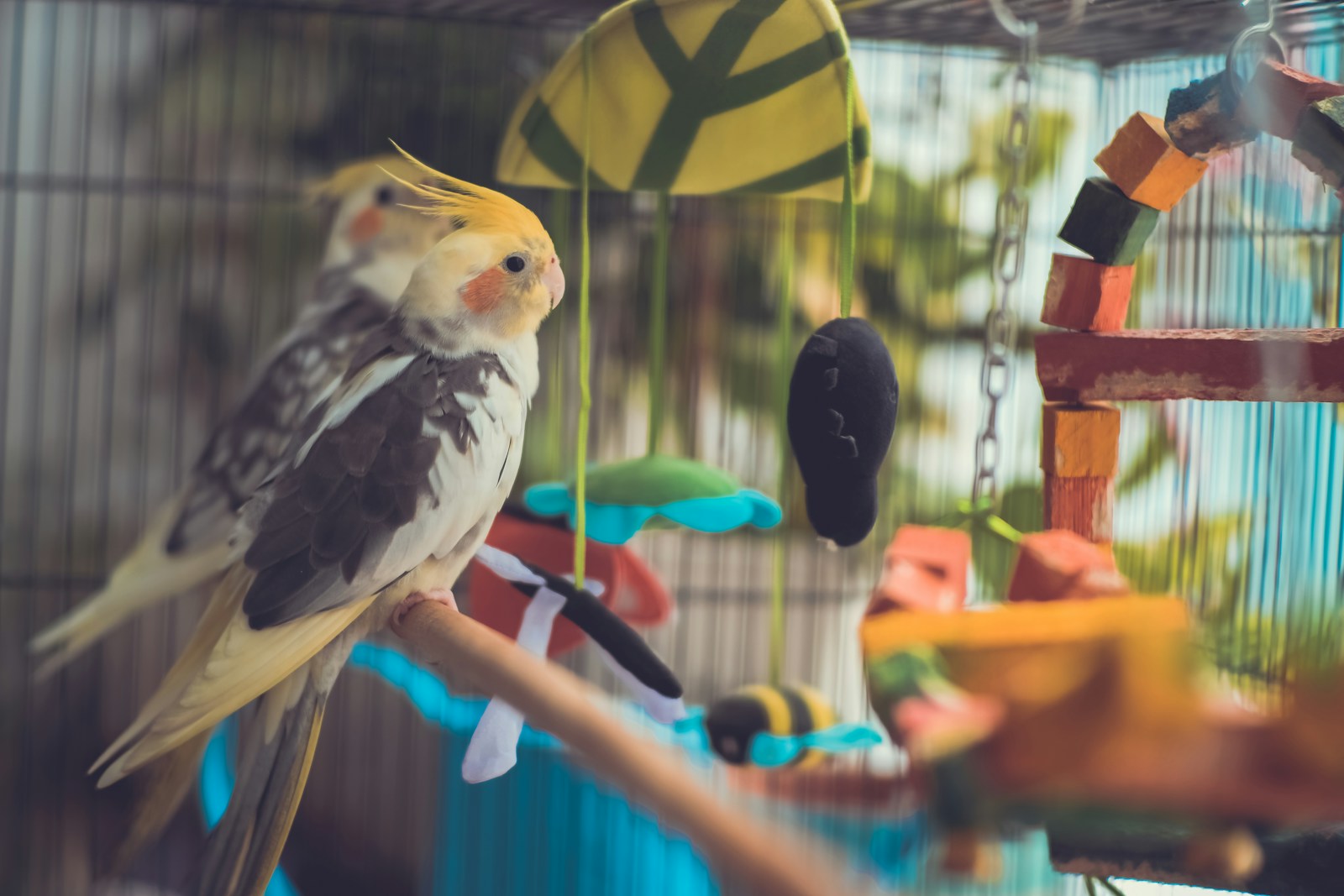



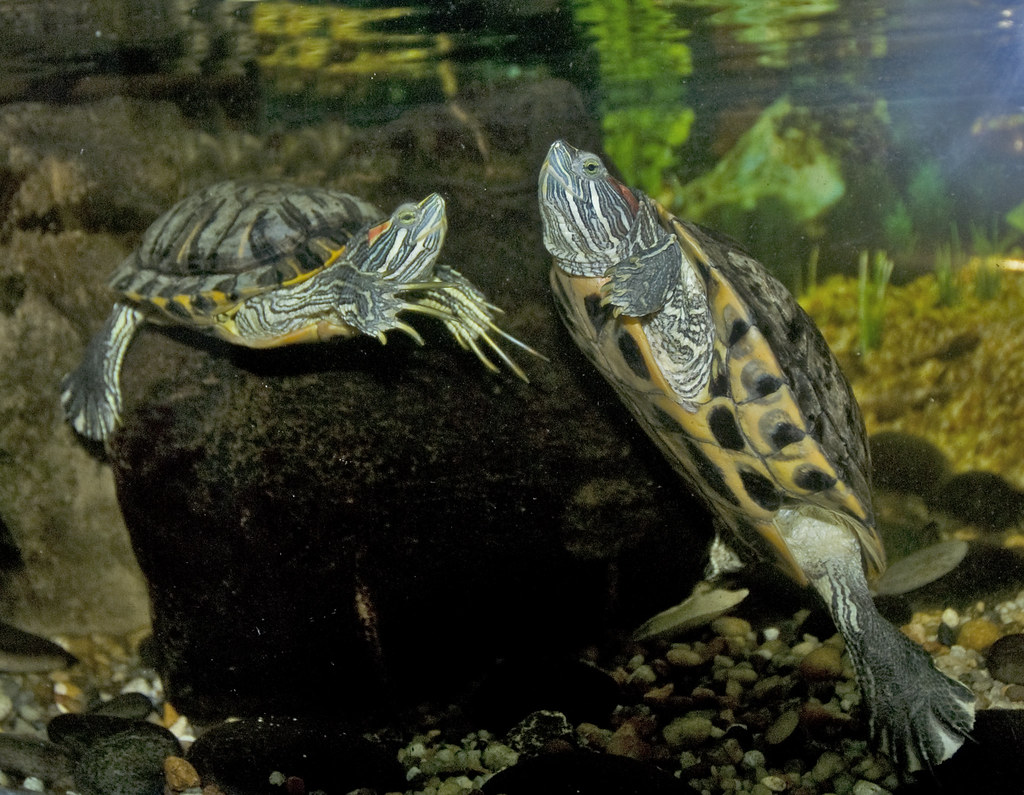




Leave a Reply